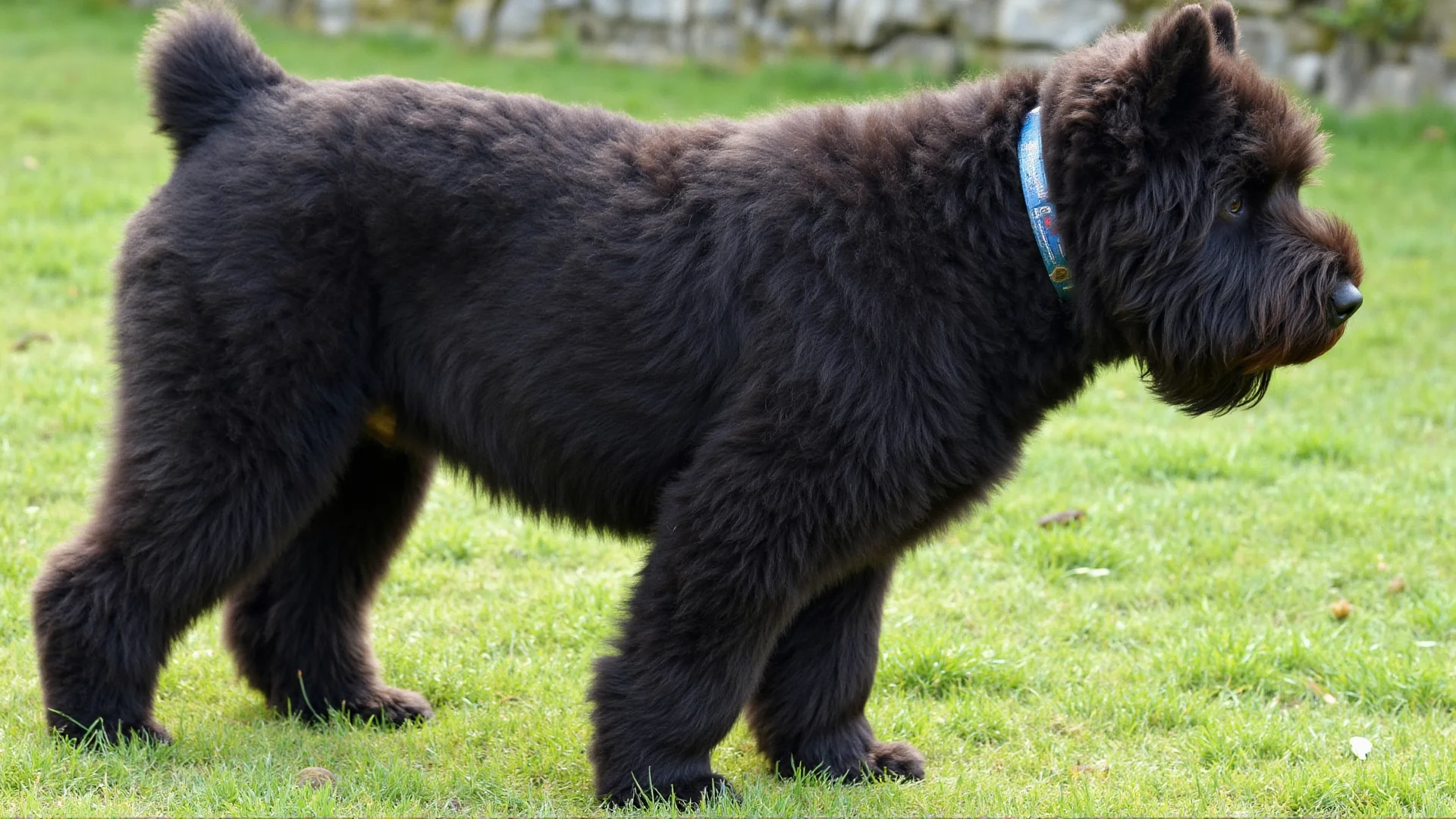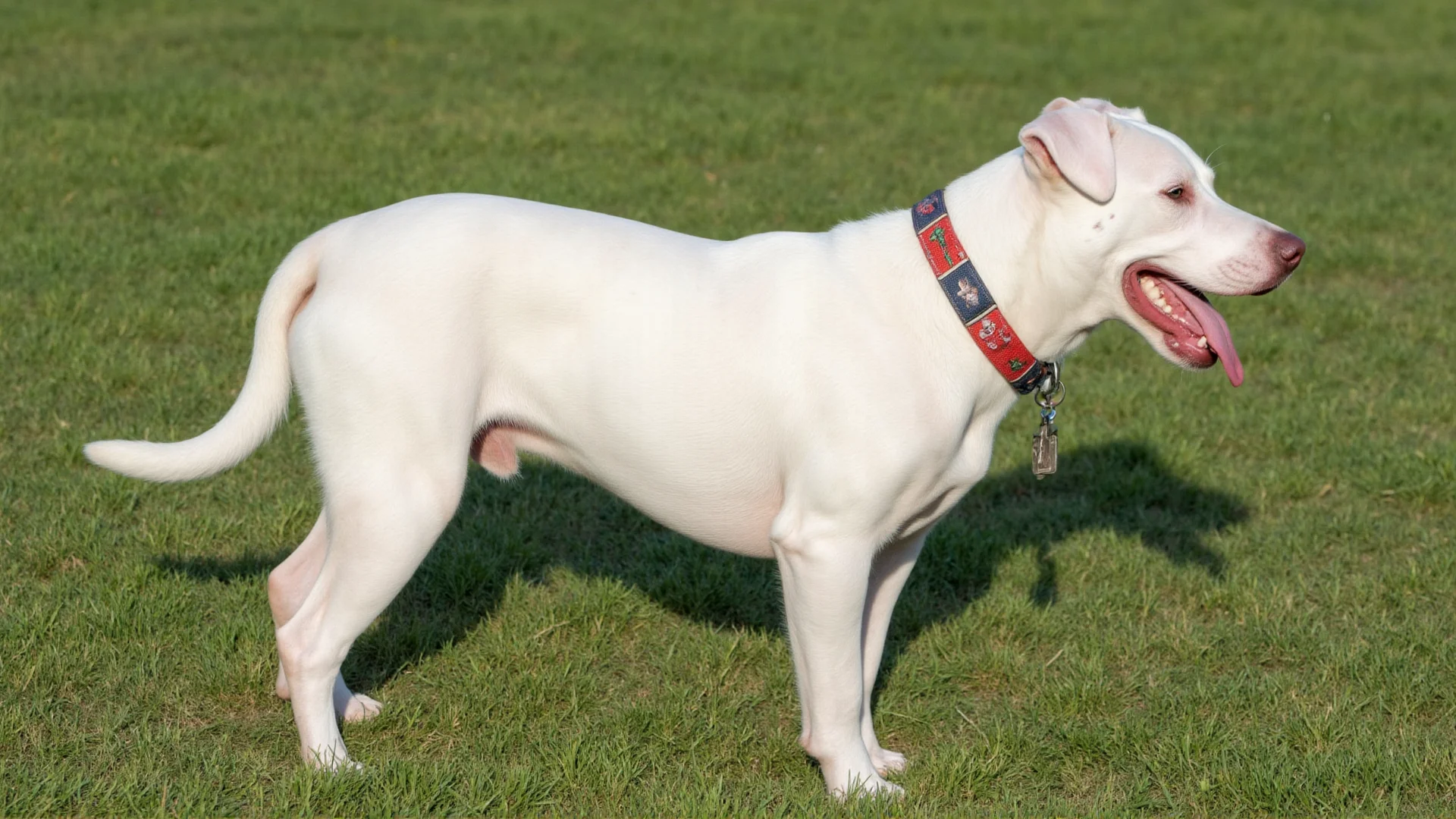
Working Dogs
Saint Bernard
Training
Large Breeds
Saint Bernard: The Gentle Giant Working Dog - Complete Care and Training Guide

12 min read
# Saint Bernard: The Gentle Giant Working Dog - Complete Care and Training Guide The Saint Bernard stands as one of the most iconic working dogs in history, renowned for their legendary Alpine rescue missions and gentle temperament. These magnificent giants have captured hearts worldwide, but their working heritage requires special understanding and care. Whether you're considering adding a Saint Bernard to your family or already share your life with one, this comprehensive guide will help you unlock their full potential as working companions. ## The Noble History of Saint Bernard Working Dogs Saint Bernards originated in the Swiss Alps at the Great St. Bernard Hospice, where monks bred them specifically for mountain rescue work. These dogs saved over 2,000 lives during their centuries of service, navigating treacherous mountain passes and locating travelers buried in avalanches. Their incredible sense of smell, stamina, and intuitive understanding of human distress made them invaluable working partners. The breed's working instincts remain strong today, making them excellent candidates for various working roles beyond their traditional rescue duties. Modern Saint Bernards excel in therapy work, search and rescue operations, and even as service dogs when properly trained. ## Physical Characteristics and Working Capabilities Saint Bernards are truly impressive in stature, with males typically weighing 140-180 pounds and females ranging from 120-140 pounds. Their massive build serves practical working purposes - their broad chest provides excellent lung capacity for endurance work, while their powerful legs can navigate challenging terrain. Their double coat offers natural protection against harsh weather conditions, making them well-suited for outdoor working environments. The breed comes in both long-haired and short-haired varieties, with the shorter coat actually being more practical for working situations as it's less prone to collecting ice and debris. ## Training Your Saint Bernard for Work Training a working Saint Bernard requires patience, consistency, and understanding of their gentle nature. These dogs are intelligent but can be somewhat independent, a trait that served them well during solo rescue missions but requires careful management in training. ### Early Foundation Training Start with basic obedience commands, focusing on "come," "stay," and "down." Given their eventual size, teaching proper leash manners and impulse control is crucial. Use positive reinforcement techniques, as Saint Bernards respond poorly to harsh corrections and may become stubborn if treated roughly. ### Specialized Working Skills For search and rescue work, begin scent training early using hide-and-seek games. Gradually increase complexity by hiding family members or objects in more challenging locations. Saint Bernards have an natural aptitude for this work, often showing remarkable progress with consistent training. Therapy dog training focuses on calm behavior around strangers, tolerance for medical equipment, and the ability to remain composed in various environments. Their naturally gentle disposition makes them excellent therapy dogs when properly socialized. ## Exercise and Activity Requirements Despite their calm demeanor, Saint Bernards need regular exercise to maintain their working capabilities. Adult dogs require at least 60-90 minutes of daily activity, but this should be moderate rather than intense. Their size makes them prone to joint issues, so avoid high-impact activities like jogging on hard surfaces. Ideal exercises include: - Long walks on varied terrain - Swimming (excellent low-impact exercise) - Mental stimulation through puzzle toys and training sessions - Light hiking with appropriate rest breaks ## Nutrition for Working Saint Bernards Working Saint Bernards have unique nutritional needs due to their size and activity level. Feed a high-quality diet formulated for large or giant breeds, which contains appropriate calcium and phosphorus ratios to support healthy bone development. Adult working dogs typically need 6-10 cups of food daily, divided into two meals to prevent bloat. Monitor body condition carefully - excess weight puts additional strain on joints and reduces working efficiency. ## Health Considerations for Working Dogs Saint Bernards are prone to several health issues that can impact their working ability: **Hip and Elbow Dysplasia**: Regular screening and maintaining proper weight are essential for working dogs. **Bloat (Gastric Torsion)**: This life-threatening condition requires immediate veterinary attention. Feed smaller, frequent meals and avoid exercise immediately after eating. **Heart Conditions**: Regular cardiac screenings help detect issues early, particularly important for working dogs with higher physical demands. ## Creating a Suitable Working Environment Saint Bernards thrive in cooler climates and may struggle in hot, humid conditions. When working in warm weather, provide frequent water breaks, shade, and watch for signs of overheating such as excessive panting or drooling. Their working space should accommodate their size with adequate room to move comfortably. For indoor working dogs, ensure doorways and spaces are appropriately sized to prevent injury. ## Socialization and Temperament Development Proper socialization is crucial for working Saint Bernards, as they'll encounter various people, animals, and situations in their working roles. Expose puppies to different environments, sounds, and experiences while they're young and adaptable. Their natural protective instincts need careful channeling - you want a dog that's alert and responsive but not aggressive or overly suspicious. Regular positive interactions with strangers help maintain their gentle, approachable nature. ## Working Roles in Modern Society Today's Saint Bernards excel in various working capacities: **Search and Rescue**: Their scenting ability and stamina make them valuable team members in wilderness and disaster scenarios. **Therapy Work**: Their calm presence and intuitive nature provide comfort in hospitals, nursing homes, and schools. **Service Dogs**: Some Saint Bernards work as mobility assistance dogs, using their size and strength to help individuals with physical disabilities. **Avalanche Dogs**: Continuing their traditional role, some Saint Bernards still work in mountain rescue operations. ## Building a Strong Working Partnership Success with a working Saint Bernard depends on building a strong, trust-based relationship. These dogs form deep bonds with their handlers and work best when they feel secure and valued. Regular training sessions, consistent routines, and positive interactions strengthen this partnership. Remember that Saint Bernards mature slowly, both physically and mentally. Don't rush their development - allow time for proper growth and training. A well-trained Saint Bernard can work effectively well into their senior years with appropriate modifications to their duties. ## Conclusion Saint Bernards represent the perfect combination of gentle nature and working capability. Their intelligence, loyalty, and natural helping instincts make them exceptional working partners when properly trained and cared for. By understanding their unique needs and respecting their gentle giant nature, you can develop a working relationship that honors their noble heritage while meeting modern working demands. Whether serving as a search and rescue dog, therapy companion, or family guardian, a well-trained Saint Bernard brings dedication, intelligence, and an unwavering desire to help others to every task they undertake.
Share this article
Related Articles


Bouvier des Flandres: The Ultimate Working Dog Companion
Discover why the Bouvier des Flandres stands as one of the most versatile and dedicated working dogs. From their Belgian farming origins to modern-day roles in police work, therapy, and family protection, learn what makes this breed exceptional.
·12 min read


The Doberman Pinscher: Your Complete Guide to This Elite Working Dog
Discover why the Doberman Pinscher stands among the world's most respected working dogs. From their origins as protection dogs to modern roles in law enforcement and personal protection, learn everything about this intelligent and loyal breed.
·12 min read


The Dogo Argentino: Complete Guide to Argentina's Premier Guardian
Discover everything you need to know about the powerful Dogo Argentino - from their hunting heritage to modern guard dog capabilities. Learn about training, care, and what makes this breed an exceptional protector.
·12 min read